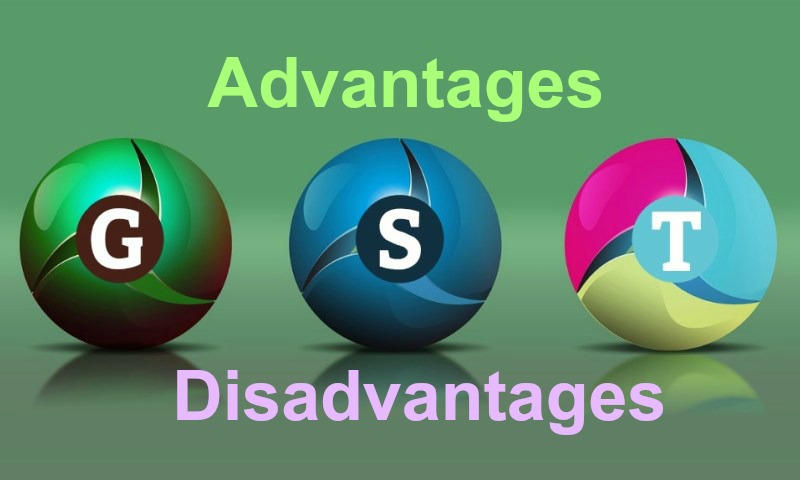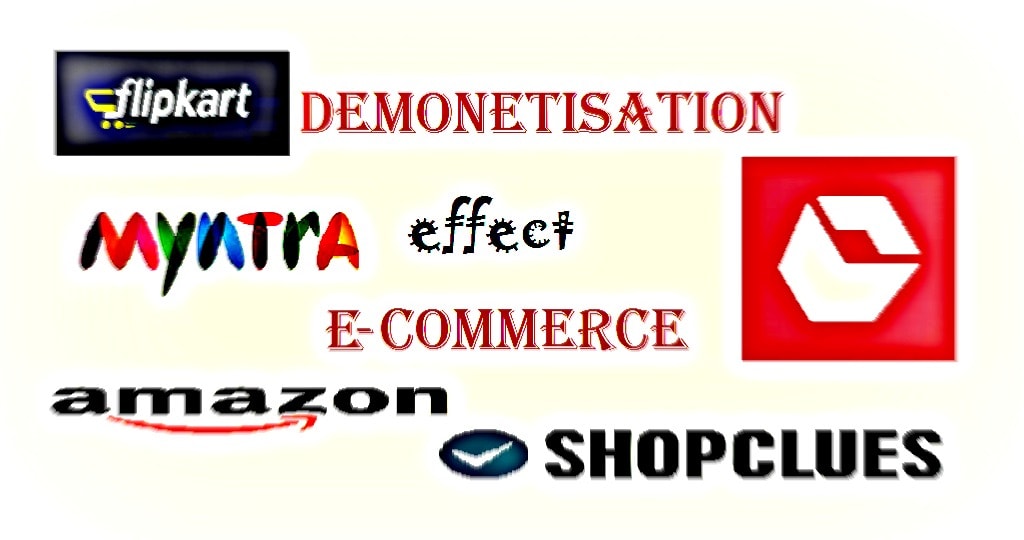Make in India is an Indian Government initiative to benefit 25 different sectors of the economy of the country, providing readily available opportunities to the foreign investors, businessmen, and budding entrepreneurs to either finance development or establish manufacturing business in India. The whole initiative aims at manufacturing various products in India itself.
Indian Prime Minister Narendra Modi has carved an effigy of his identity on the nation his unflawed governance whilst balancing both ‘words and works’ at the same time. The targets are set high, and there’s much more to accomplish than what the program has already attained, evaluating the current Indian economy, to finally felicitate Independence Day at its best. For ground-level amendment, ‘Make in India’ initiative has been trending worldwide, and the major focus is to turn Indian into the manufacturing hub of the world.
I do not talk about good governance. I talk about effective governance. Effective governance, easy governance, need of the hour.
–Prime Minister of India, Narendra Modi
Make In India was launched on 25th September 2014 by PM Modi in Delhi that undoubtedly acted as an exhortative initiative, which focuses on attracting foreign investments, and business establishments in the country. Whilst boosting the local and multinational business organization, by focusing on facilitating the business class, Make in India holds the agenda to upgrade India into a worldwide manufacturing powerhouse, an economically independent nation.
25 Sectors of Make in India
- Automobile
- Automobile components
- Aviation
- Biotechnology
- Chemicals
- Construction
- Defense manufacturing
- Electrical Machinery
- Electronic systems
- Food processing
- Information Technology (IT) and Business Process Management (BPM)
- Leather
- Media and Entertainment
- Mining
- Oil and Gas
- Pharmaceuticals
- Ports and Shipping
- Railways
- Renewable Energy
- Roads and Highways
- Space
- Textiles and Garments
- Thermal power
- Tourism and Hospitality
- Wellness
Initially Defense had only allowed 26% FDI and there was no FDI in railways however, now the center i.e. the Cabinet of India has now allowed 49% in Foreign Direct Investment in Defense Sector, and 100% in Food Manufacturing sector and even in Aviation sector 100% FDI is allowed, making India the most open economy in the world.
Advantages of Make in India
- Improved GDP: According to the world economic forum, explicating the percentage grown in GDP’s of different countries, India grabs the 4th position with an increment of 7.5%. Albeit there still is a long way to go, however, our nation has maintained a considerable pace so far. Modi aims for an increase of 25% over the next decade.
- Huge investments in the development of the nation: As the government has made foreign trade easier, huge finances have been invested in the country’s progress. Rs 15.2 lakh crore investment commitments have so far been made after the Make-In-India week, whilst inquiries of Rs 1.5 lakh crore have been received.
- Benefited the employment: The establishment of numerous start-ups and projects in the country have brought a hike in the percentage of employed citizens. Especially a nation which holds countless skilled hands in its second-biggest population, yet have been holding a morbid employment rate.
- Pulled in more FDI than ever: The 3 ‘D’s policy of Honorable Prime Minister has worked well, for the country and has profited the Make-In-India initiative with a successful start. Democracy, Demography, and Demand as the policy states, earned Investment from Xiomi-Foxconn, Samsung, General Motors, Rostech-HAL and so on. In every sector, companies hold committed interests aiming definite success.
Policies of Make In India
The backbone of Make-In-India initiative is garnering foreign investment to support manufacturing of products in India. This will unbolt 10-15% more employment slots for the unwaged whilst warranting growth and development of the nation. The government has so far taken effective steps to encourage potential entrepreneurs and investors. There are 4 major policies under this:
- New initiatives
- Foreign direct investment
- Intellectual property facts
- National manufacturing
Related- What is GST?
Make in India Vision
Targeting the 25 major sectors of development, Indian government holds aims at utilizing the abundant population of our nation, as an asset, harvesting employment opportunities for all. The major concern is to empower and employ poor people, who are not presently able to afford even the basic amenities of life and to provide quality infrastructure in every state. The cultural, economic, and natural potency of the nation is set to be engaged, by increasing the shares of investing companies, both multinational and national. This will be directly proportional to increase in income, hence the living standards of the 1.5 billion citizens. With the firearm all loaded, Namo government has preyed on the ground issues of the country:
- To provide employment by alleviating job opportunities
- To foster innovations and encourage entrepreneur potentials
- To facilitate access to latest technology to creating transparency regarding the government policies
- To make India an economically independent nation
- To protect intellectual property
PM Modi on the inauguration of Make-in-India week said, “We are working aggressively towards making India a Global manufacturing hub. We want a share of manufacturing in our GDP to go up to 25% in the near future. We were also aware that under the pressure of this campaign that government machinery will be required to make a number of corrections on the policy front. We are committed to making India an easy place to do business.” Magnificently he presented the growth stats then.
All eyes stuck on the Prime Minister of India, and the crowd thundered with applause when with promissory notes he added, “Make in India has become the biggest brand that India has ever created both within and outside the country. It has captured the imagination of people, institutions, industries, media, and political leadership. This is because it respects our collective desire to engage in productive activities.”
Related- Advantages and Disadvantages of GST
Make in India Pillars
4 aspects which are titled as the pillars of Make-In-India project has elevated the momentum of the project by covering all major aspects of all round development in our country, which cover nation’s economic status, infrastructure, and people’s upliftment. The pillars are:
- New Processes: As we discussed, the government of India is encouraging more and more investment in various sectors of the country, by allowing FDI in every sector. In most of which, there is 100% FDI allowed, promoting trade and e-commerce opportunities.
- New infrastructure: Everyone, everywhere around the nation has witnessed the smart-city project, tidings of which have been in the limelight for a few months. Infrastructure not only adds up to the employment opportunities but also polishes the commute and transportation. This also has benefited the Intellectual Property Rights (IPR) registrations.
- New sectors: The twenty-five sectors, we have already named above have classified the various regions of investment, bringing ease to anyone who aspires to explore the aspects of his interest. This also garners transparency of what level of development each sector has attained. The policies and relaxations from the government’s end have clearly been mentioned under these sectors.
- New mindset: Gone are the days when the promises made were lame, as here we can actually find the basic requirements being considered and worked upon. Marking this era’s existence in the pages of history that will certainly add up another chapter in the ‘Civics curriculum’ of the coming generations. Keeping in pace with the necessities of the poor and the business class, by beginning from square one taking innovation, youth mindset, future requirements, and long-term development all under one roof.
Quoting PM Modi again where he actually proved his wit coming up with another astute message for the country,
Let’s think of making our product which has ‘zero defect’ and ‘zero effect’ so that the manufacturing does not have an adverse effect on our environment.






Make In India should be promoted alongwith Entrepreneurship In India. One cannot work without other.